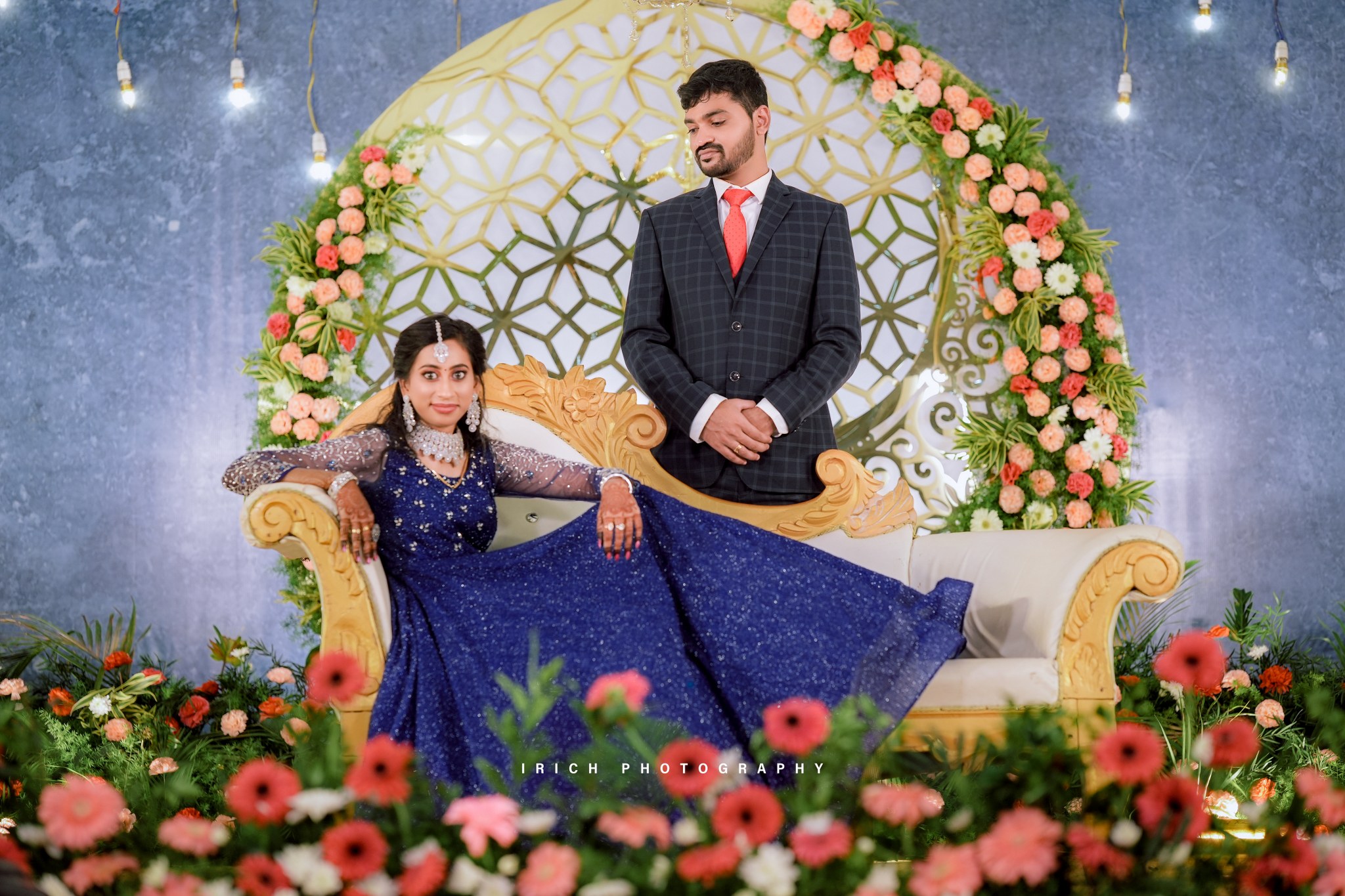
A Traditional Tamil Brahmin Wedding: A Celebration of Culture and Customs
A Tamil Brahmin wedding, also known as ‘Kalyanam’ in Tamil, is a grand affair deeply rooted in tradition and cultural significance. From intricate rituals to vibrant ceremonies, every aspect of the wedding reflects the rich heritage of the Tamil Brahmin community. Let’s delve into the essence of this sacred union.
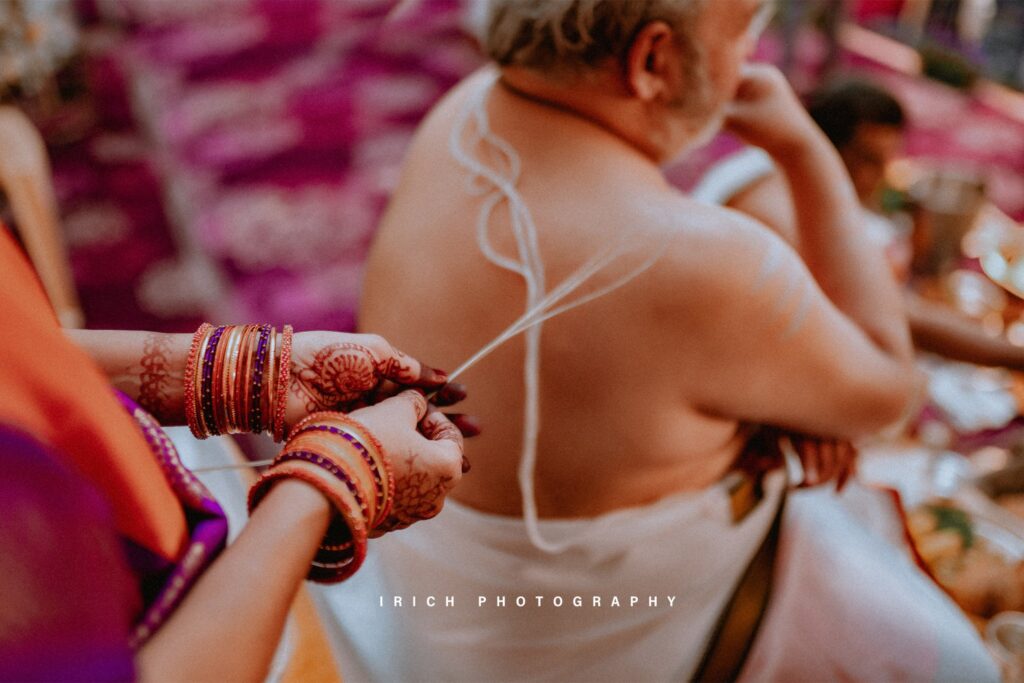

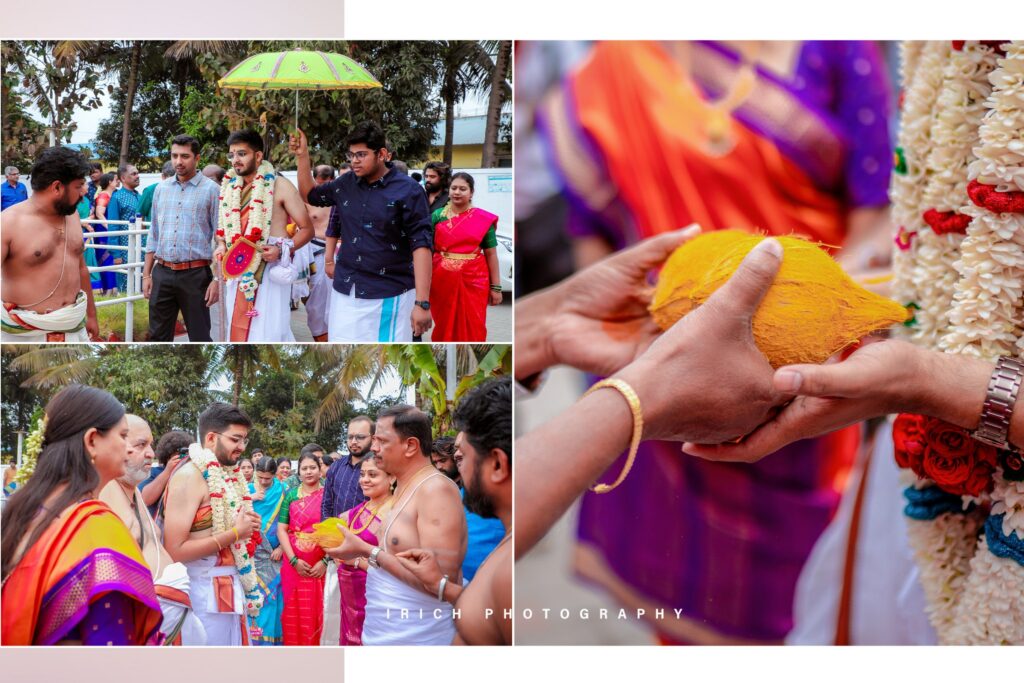
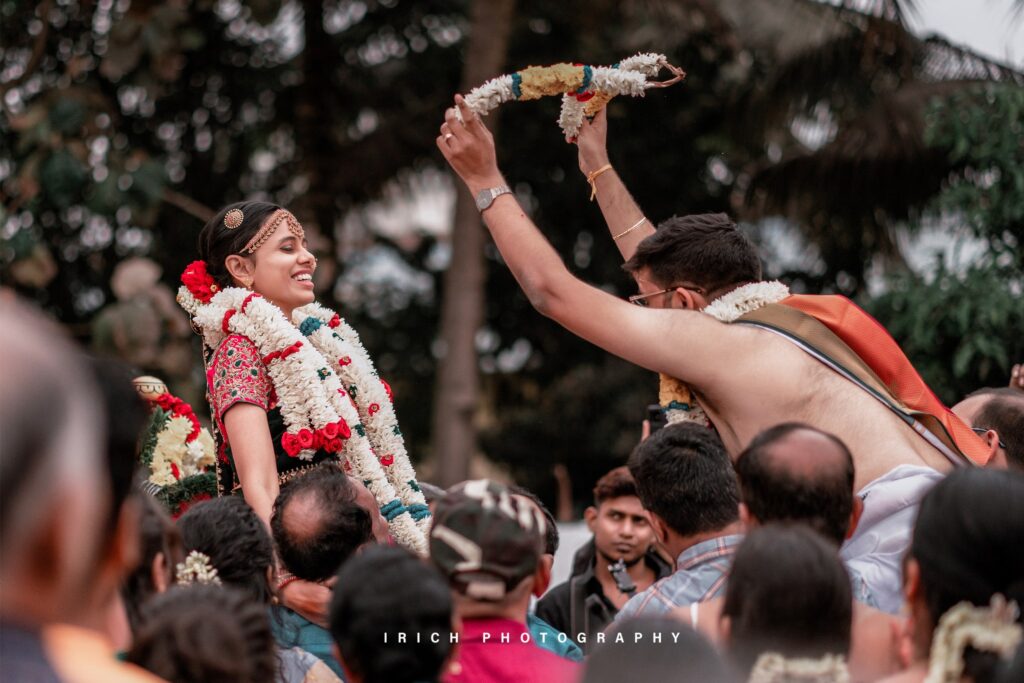
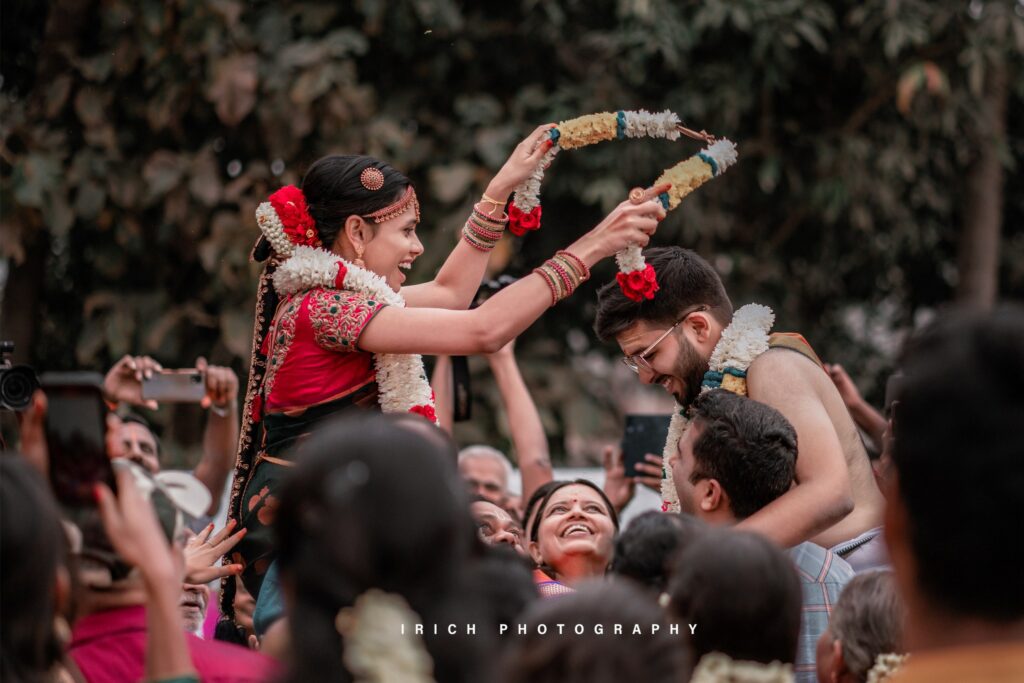
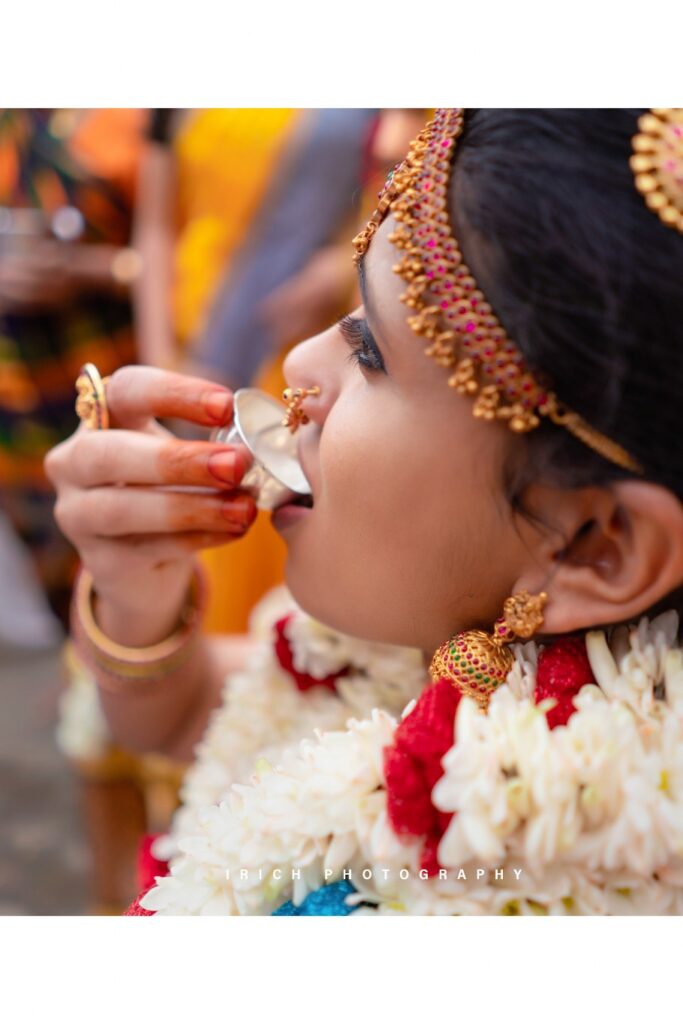
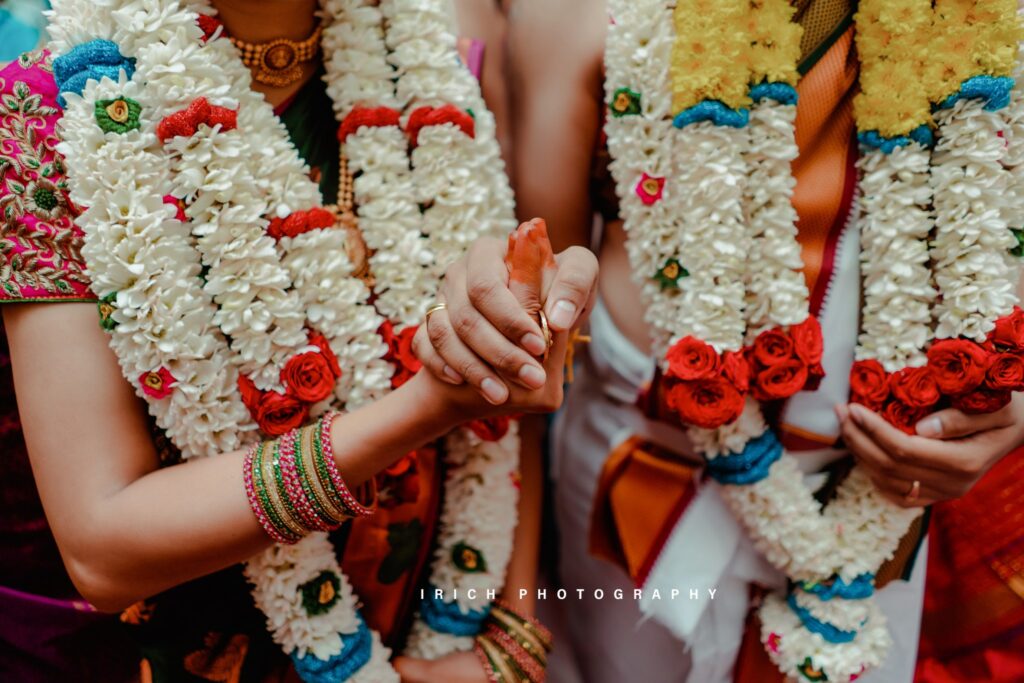
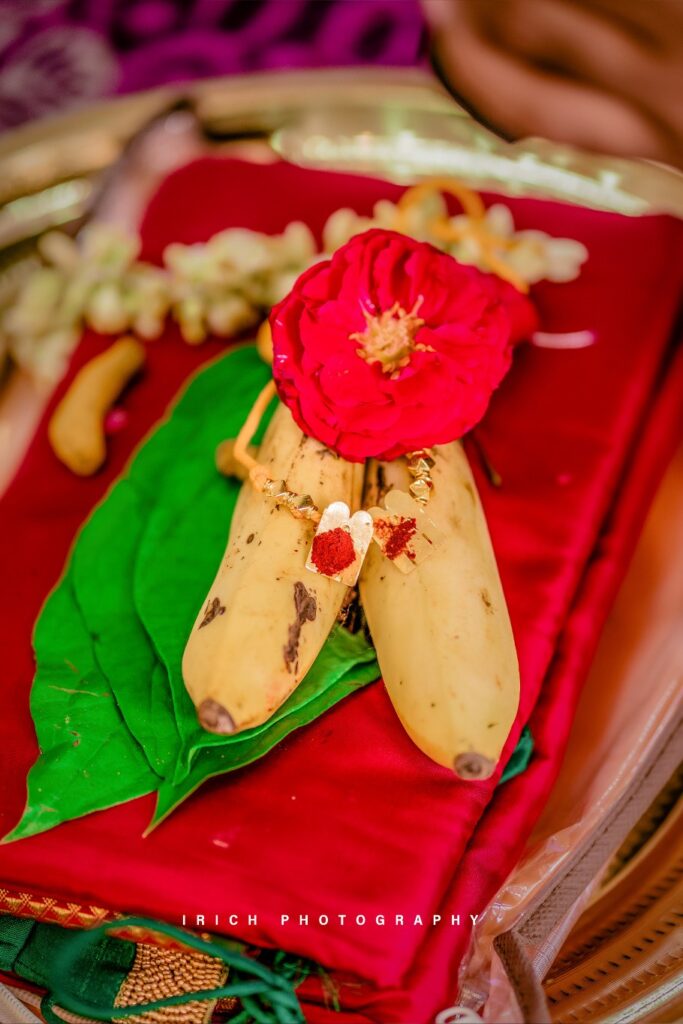
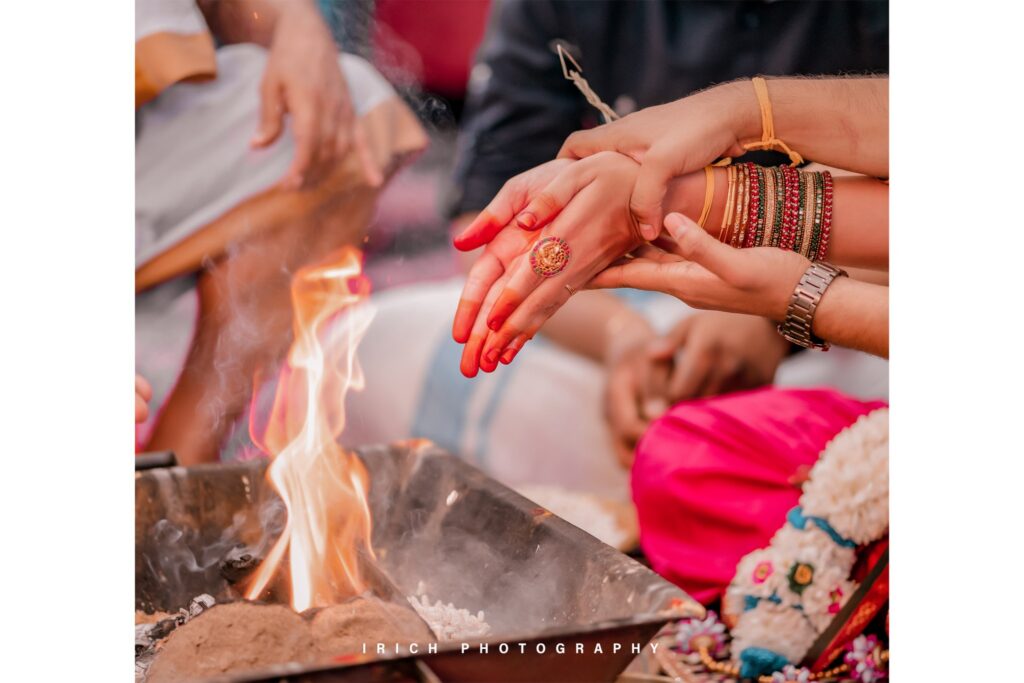
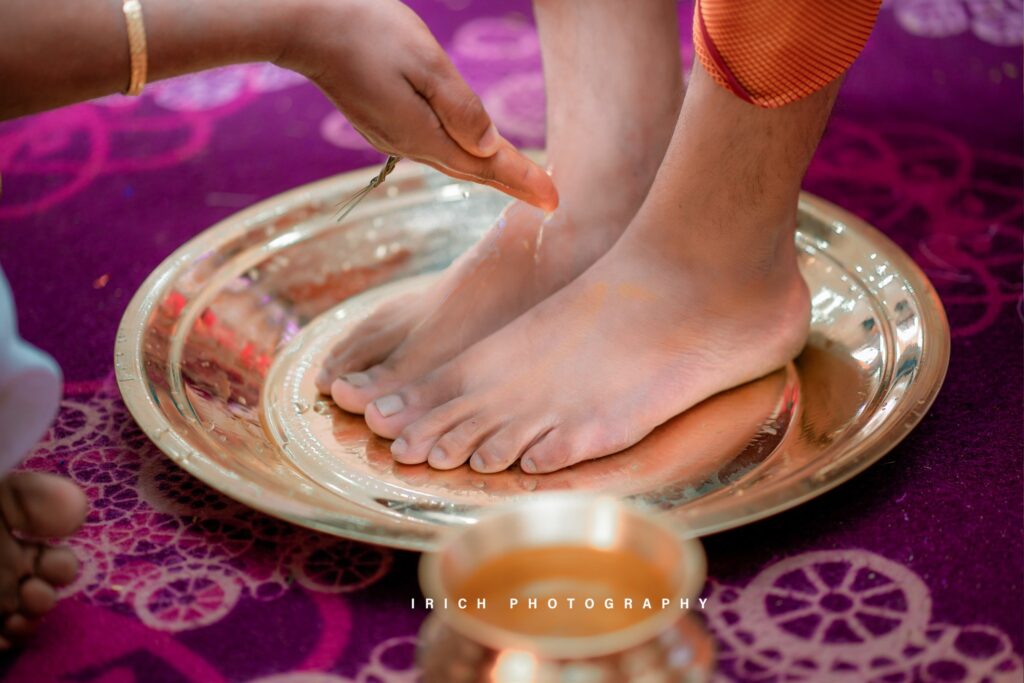
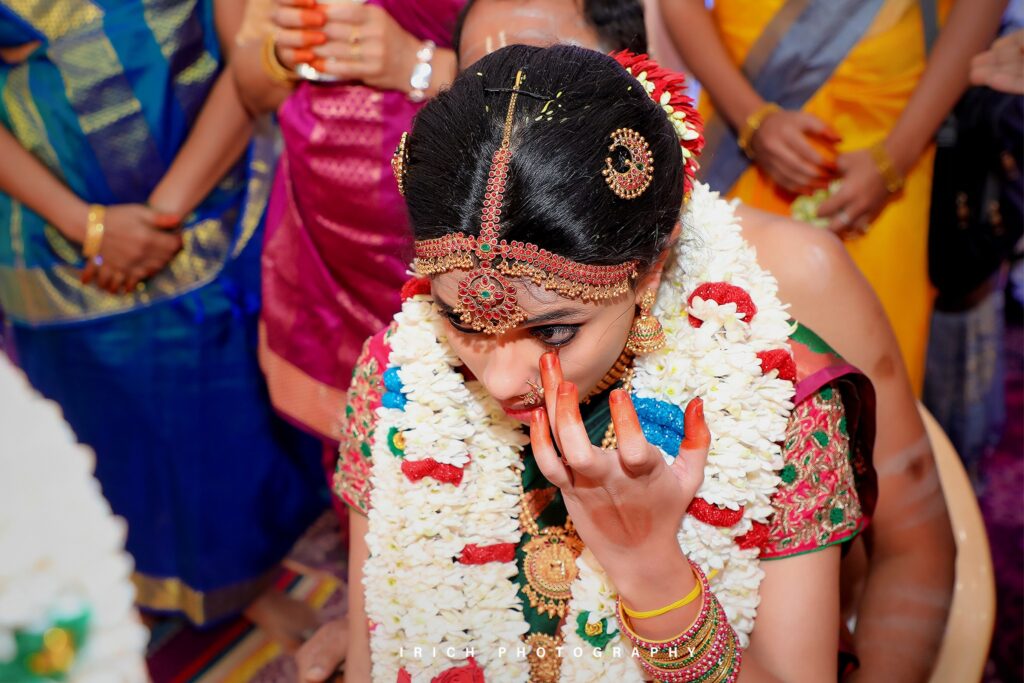
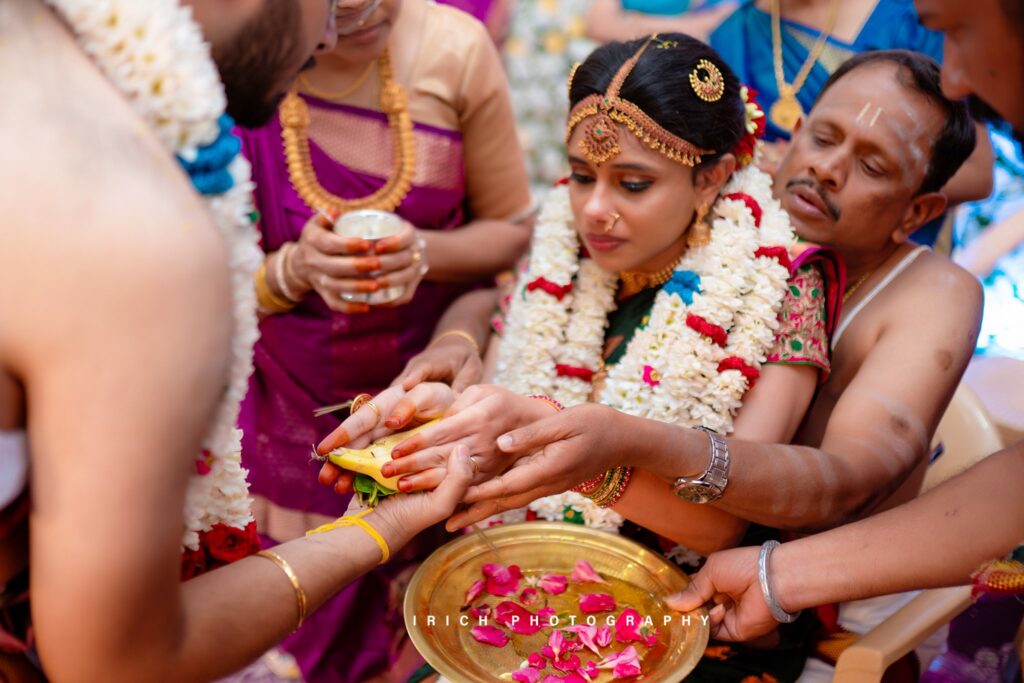
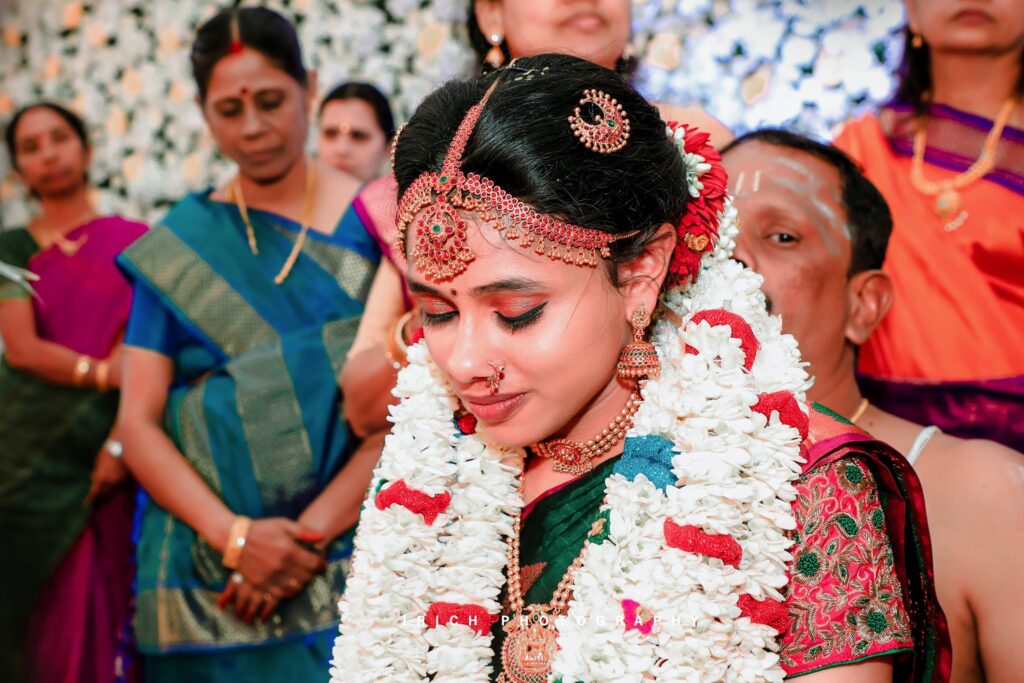
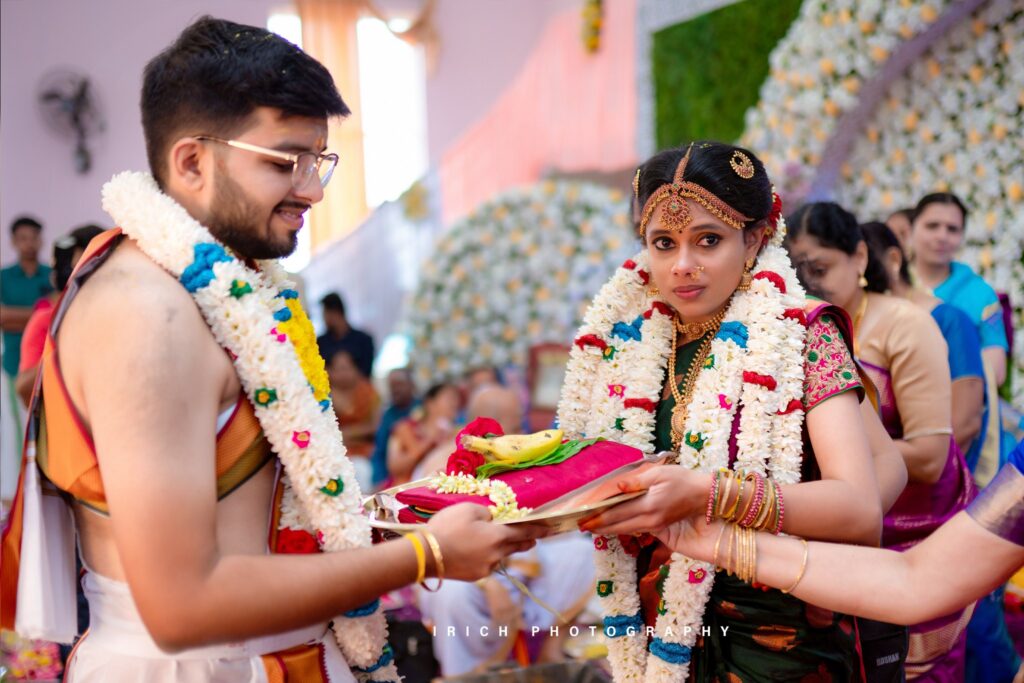
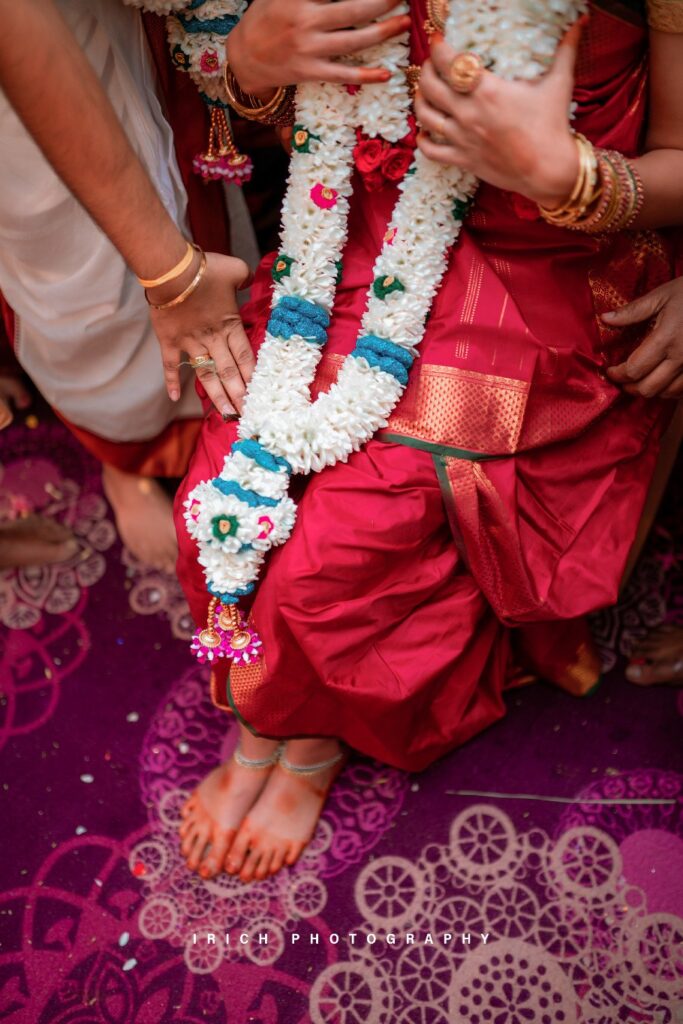
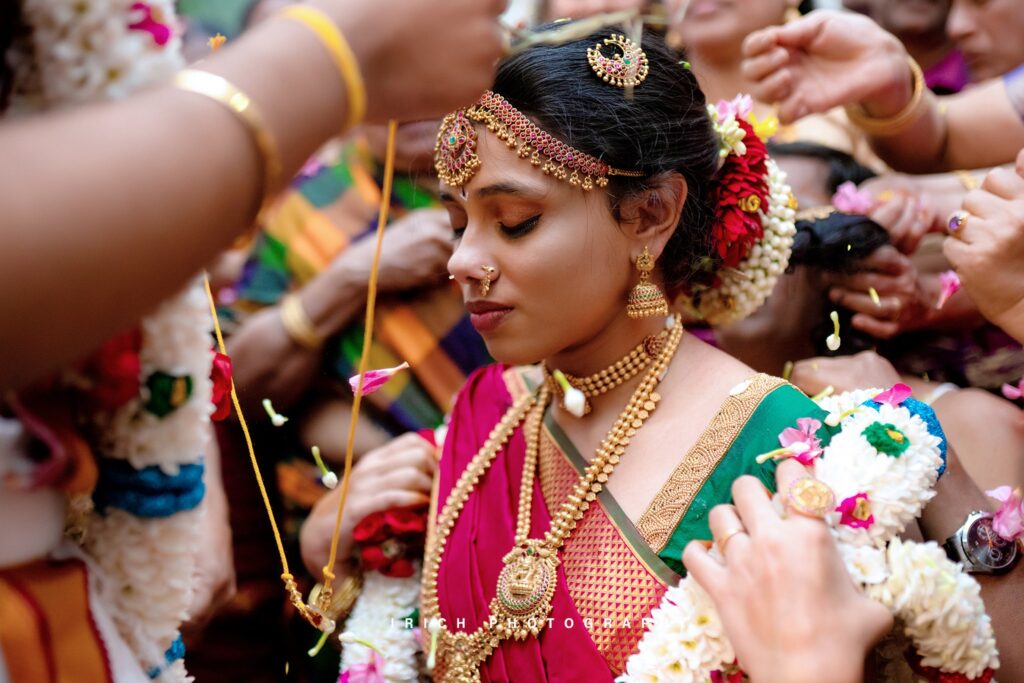

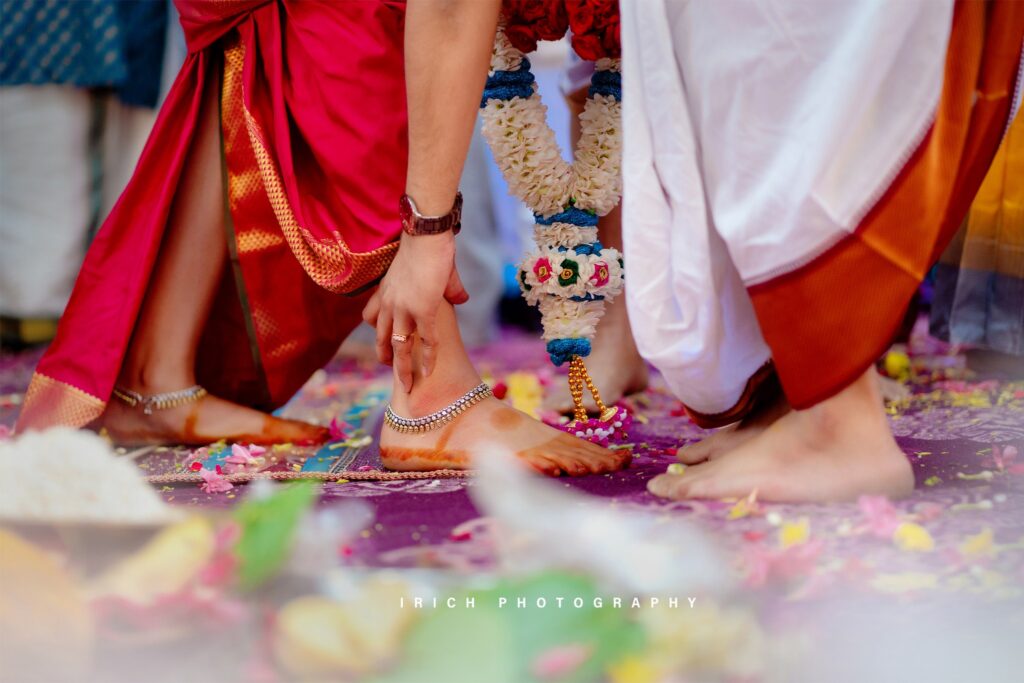
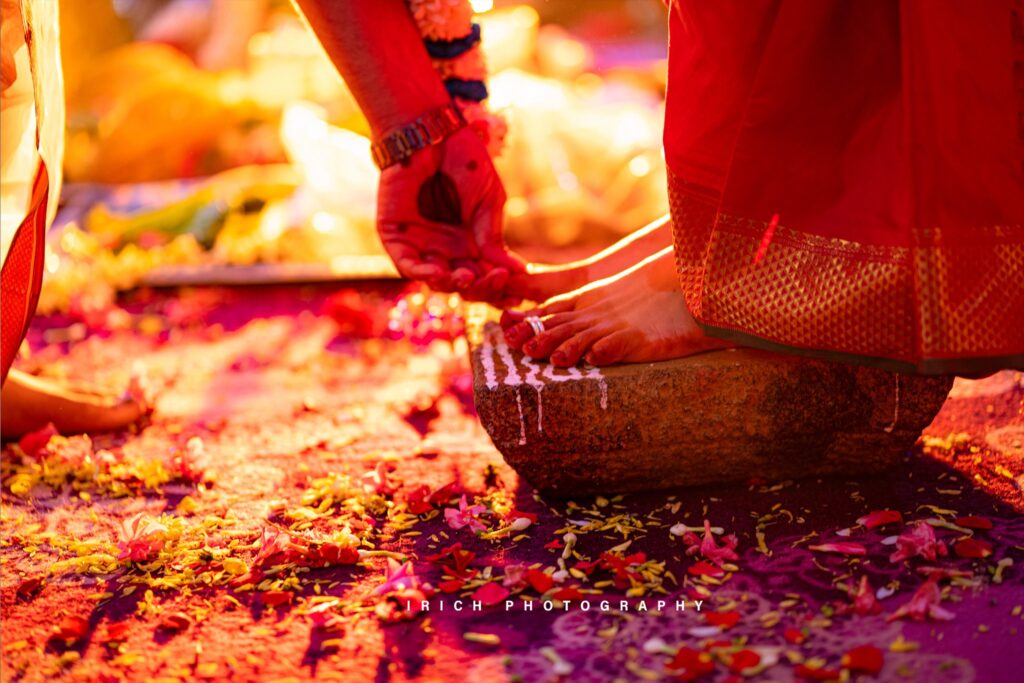
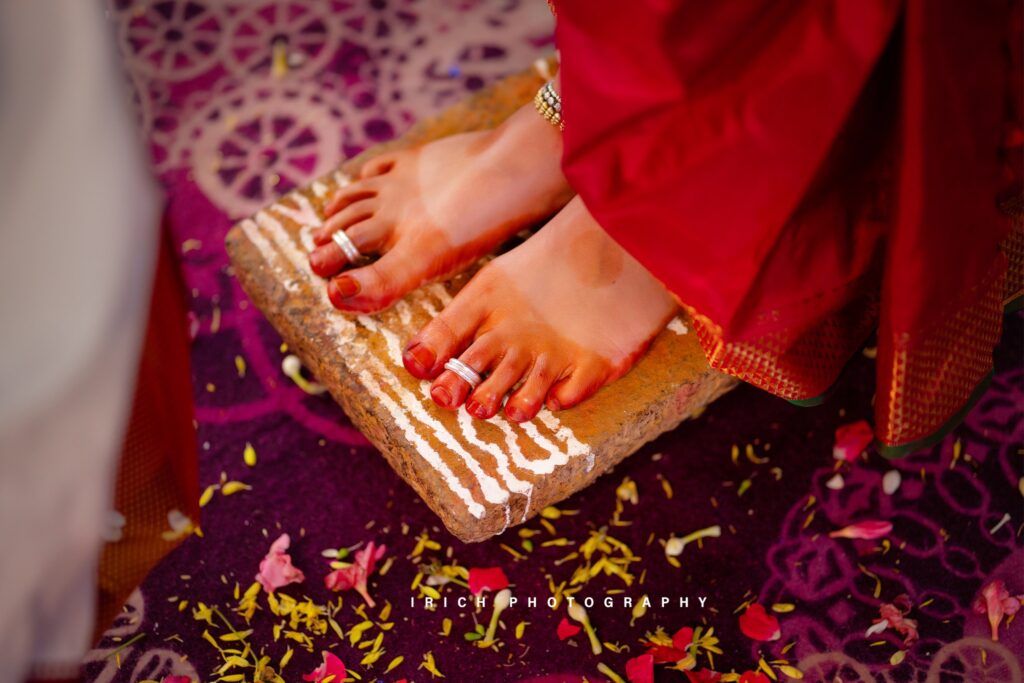
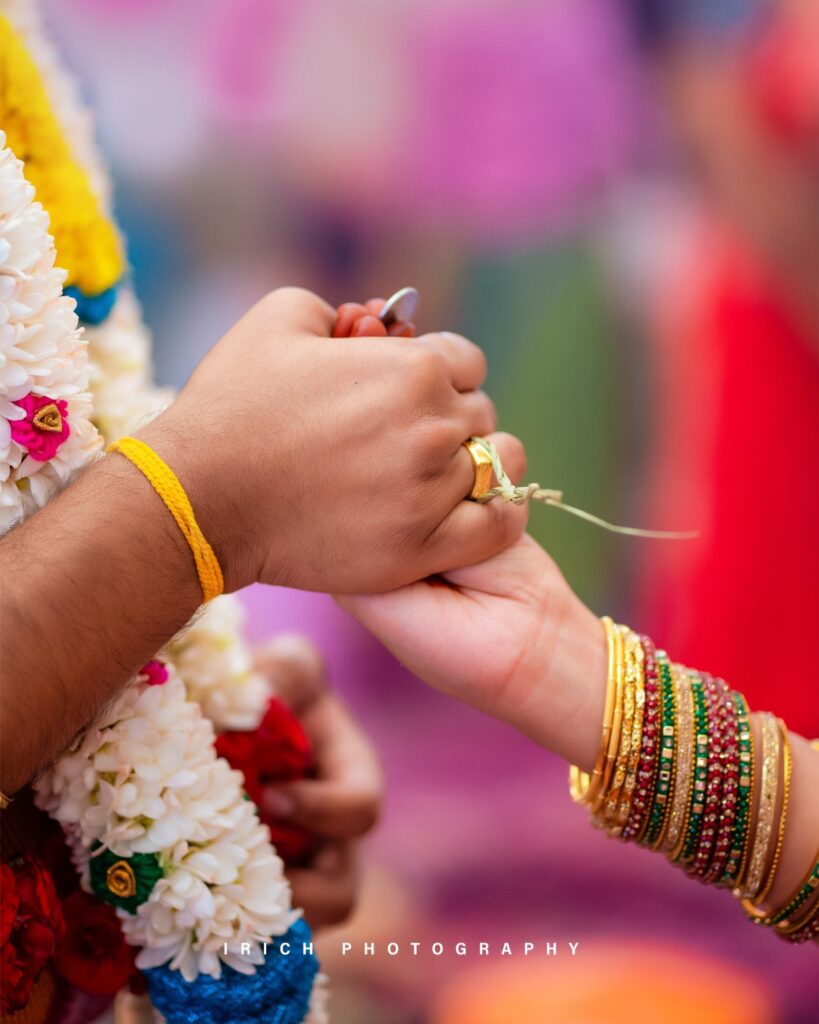
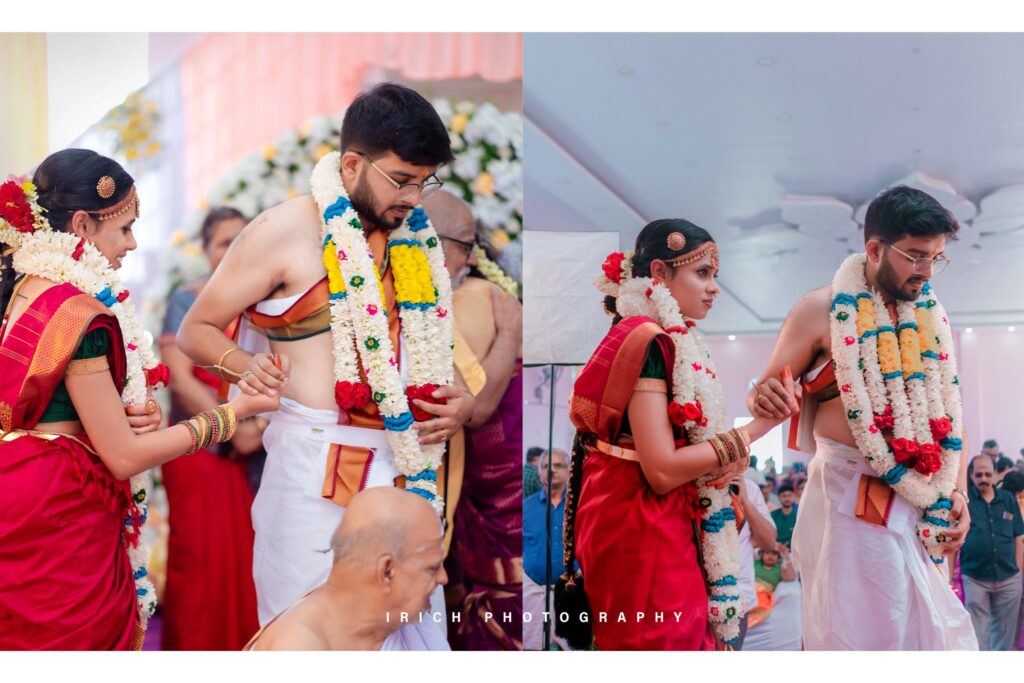
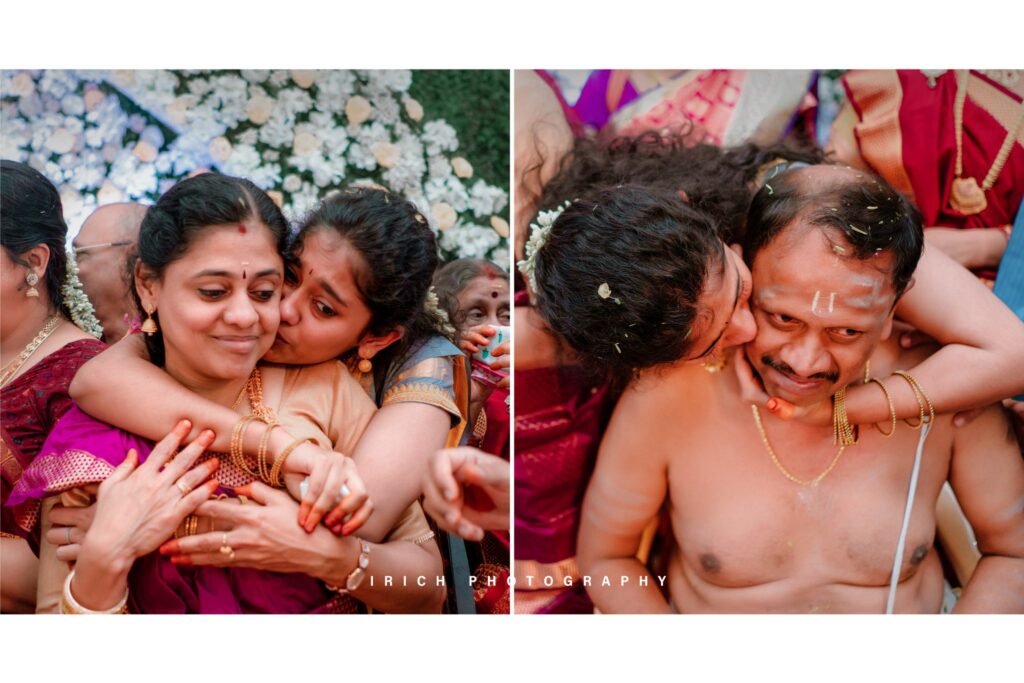
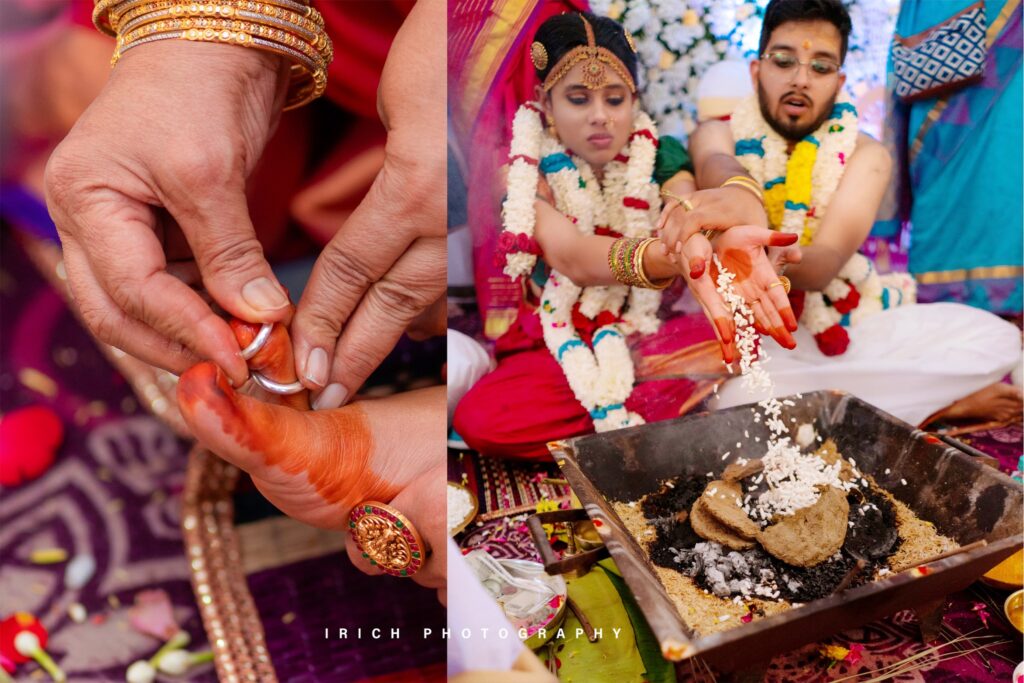
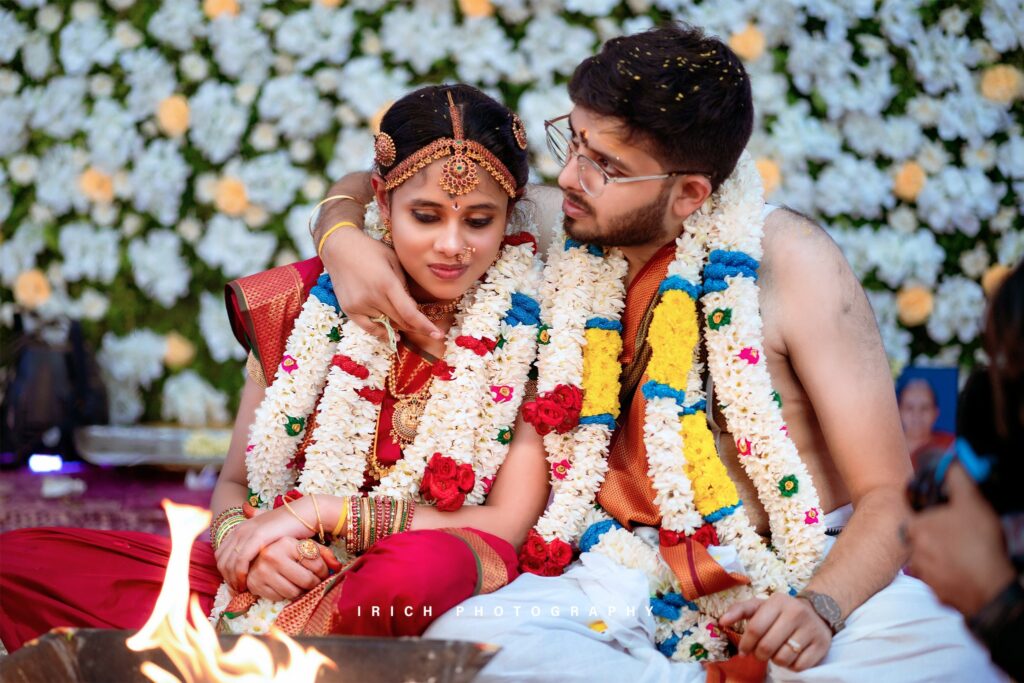



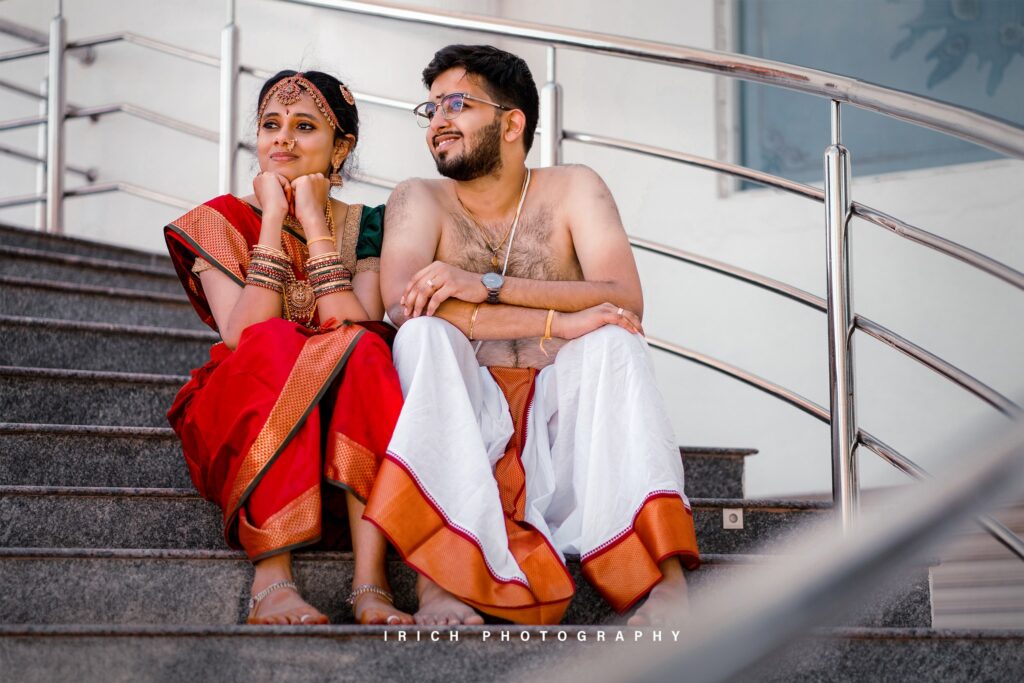
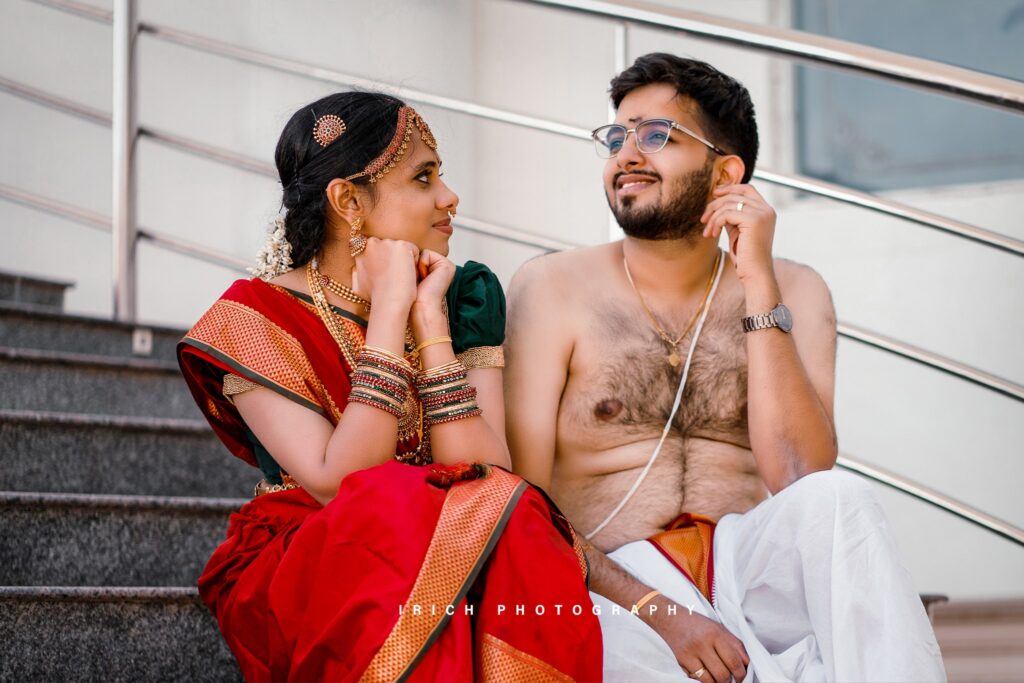
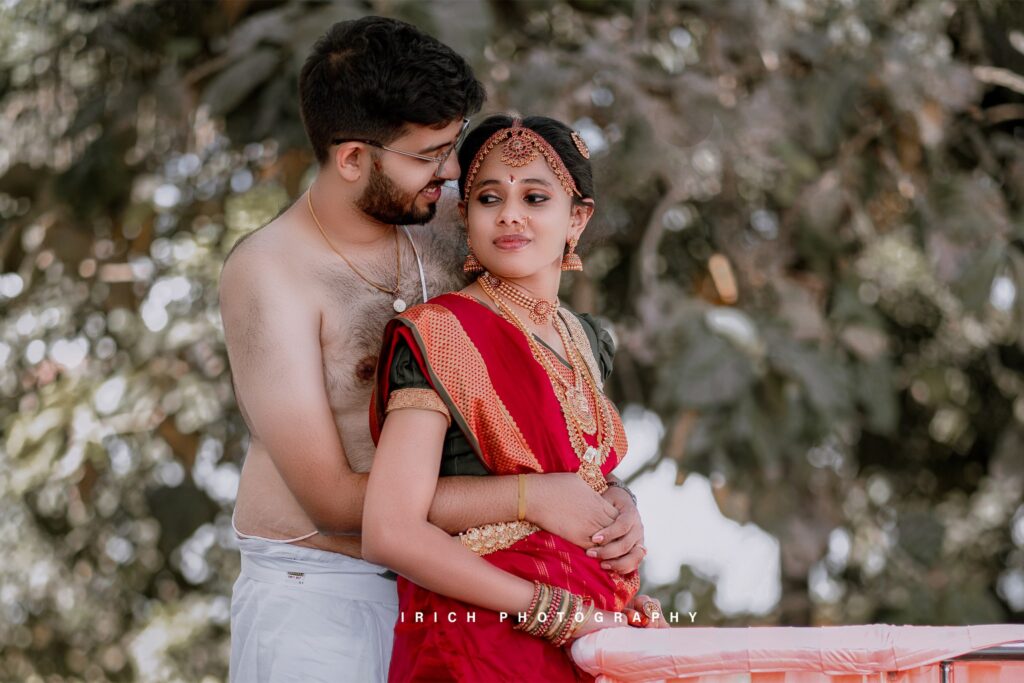
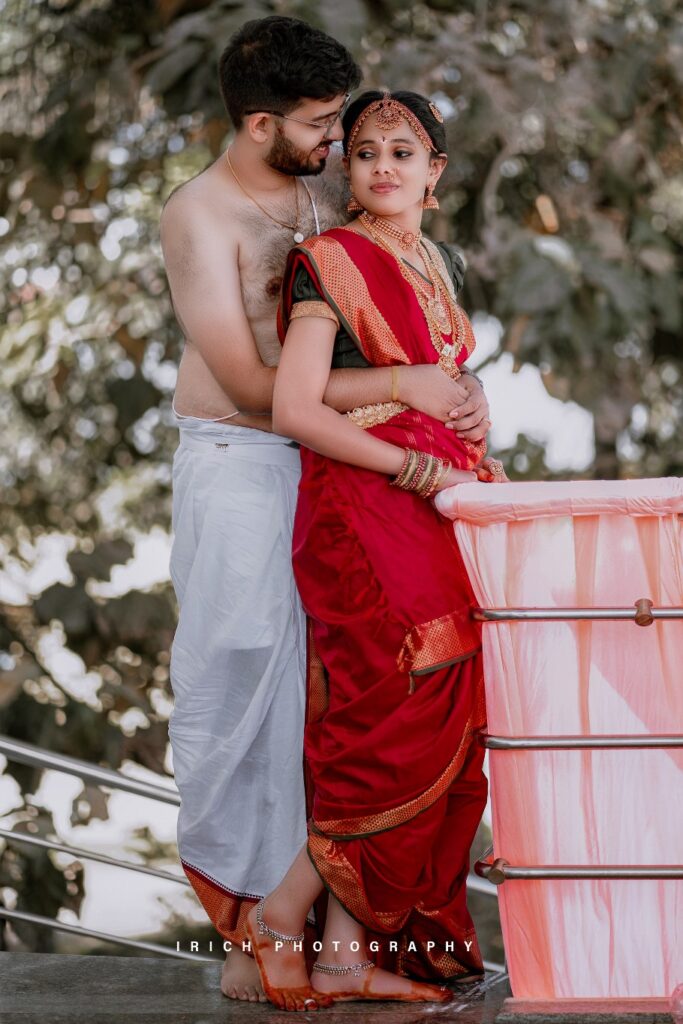

The wedding preparations commence well in advance, with families meticulously planning every detail. The venue is adorned with fragrant flowers, banana leaves, and traditional motifs, creating an aura of festivity and joy.
The wedding day begins with the ‘Pandha Kaal Muhurtham,’ where the groom’s family seeks blessings from the elders. This ritual marks the official announcement of the wedding and sets the auspicious tone for the day.
A Traditional Tamil Brahmin Wedding One of the most anticipated moments is the ‘Ponnu Kappu’ ceremony, where the bride adorns her hands and feet with intricate henna designs. It symbolizes beauty, fertility, and marital bliss. Meanwhile, the groom undergoes the ‘Nalangu’ ritual, where turmeric paste is applied to his skin, signifying purification and protection from evil spirits.
As the auspicious hour approaches, the bride, resplendent in her traditional silk saree and adorned with exquisite jewelry, makes her grand entrance accompanied by her female relatives. The groom, dressed in a pristine white ‘veshti’ and silk shirt, awaits her eagerly at the ‘mandapam,’ the sacred wedding altar.
The ceremony is officiated by a priest who guides the couple through a series of rituals, including the exchange of garlands (‘Maalai Maatral’), the tying of the sacred thread (‘Kankana Dharanam’), and the seven vows (‘Sapthapadi’) around the holy fire (‘Agni’). Each ritual symbolizes the couple’s commitment, mutual respect, and devotion to each other.
The wedding culminates with the ‘Mangalya Dharanam,’ where the groom places a sacred necklace around the bride’s neck, symbolizing their eternal bond. With the blessings of the elders and the chanting of hymns, the couple embarks on a journey of love, companionship, and togetherness.
The festivities continue with sumptuous feasts (‘Virundhu Sappadu’), where traditional Tamil Brahmin delicacies are served on banana leaves. Relatives and guests rejoice, celebrating the union of two souls and the beginning of a new chapter in their lives.
A Tamil Brahmin wedding is not just a union of two individuals but a celebration of heritage, customs, and timeless traditions that have been passed down through generations. It is a testament to the enduring legacy of love and family in the vibrant tapestry of Tamil culture.


